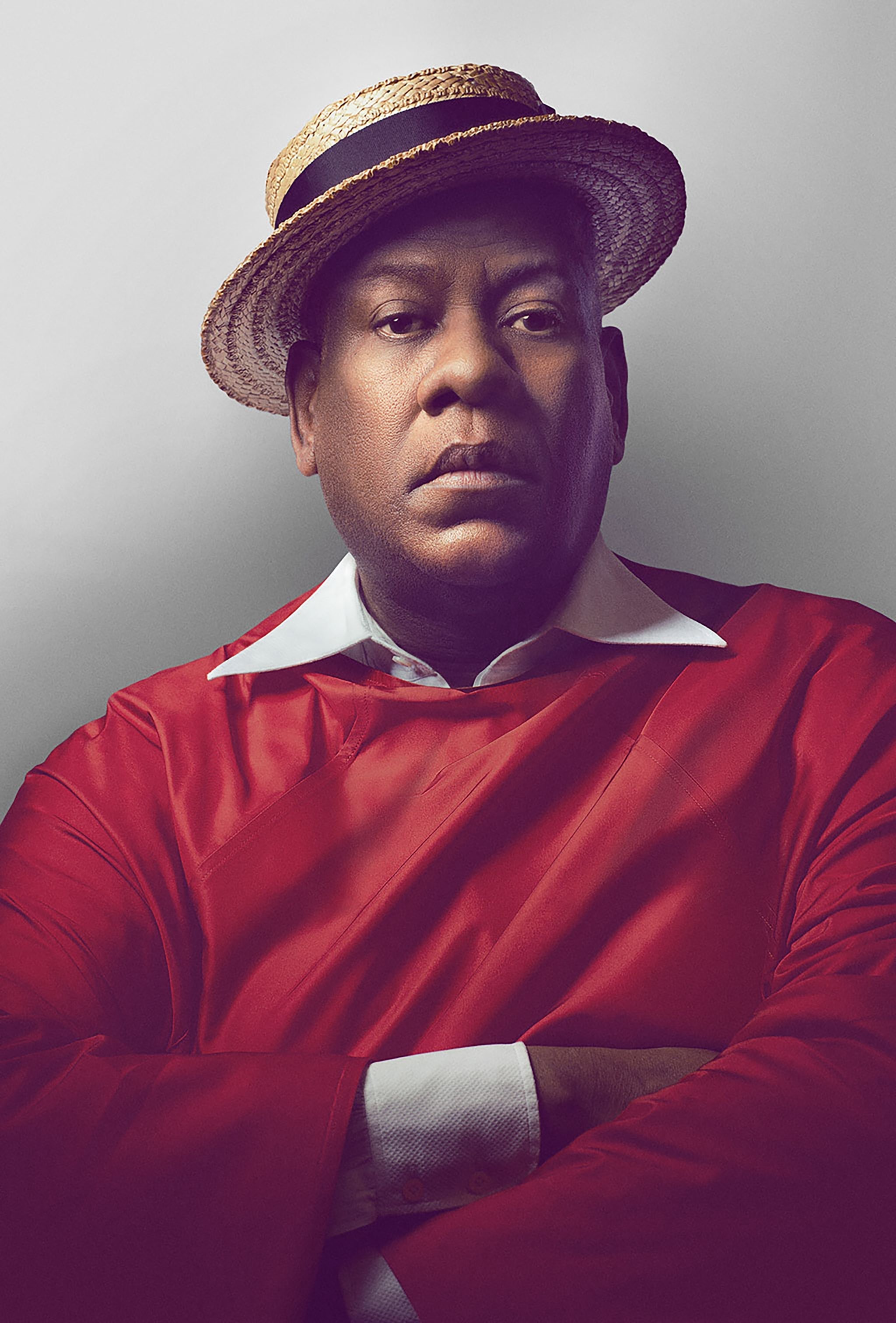
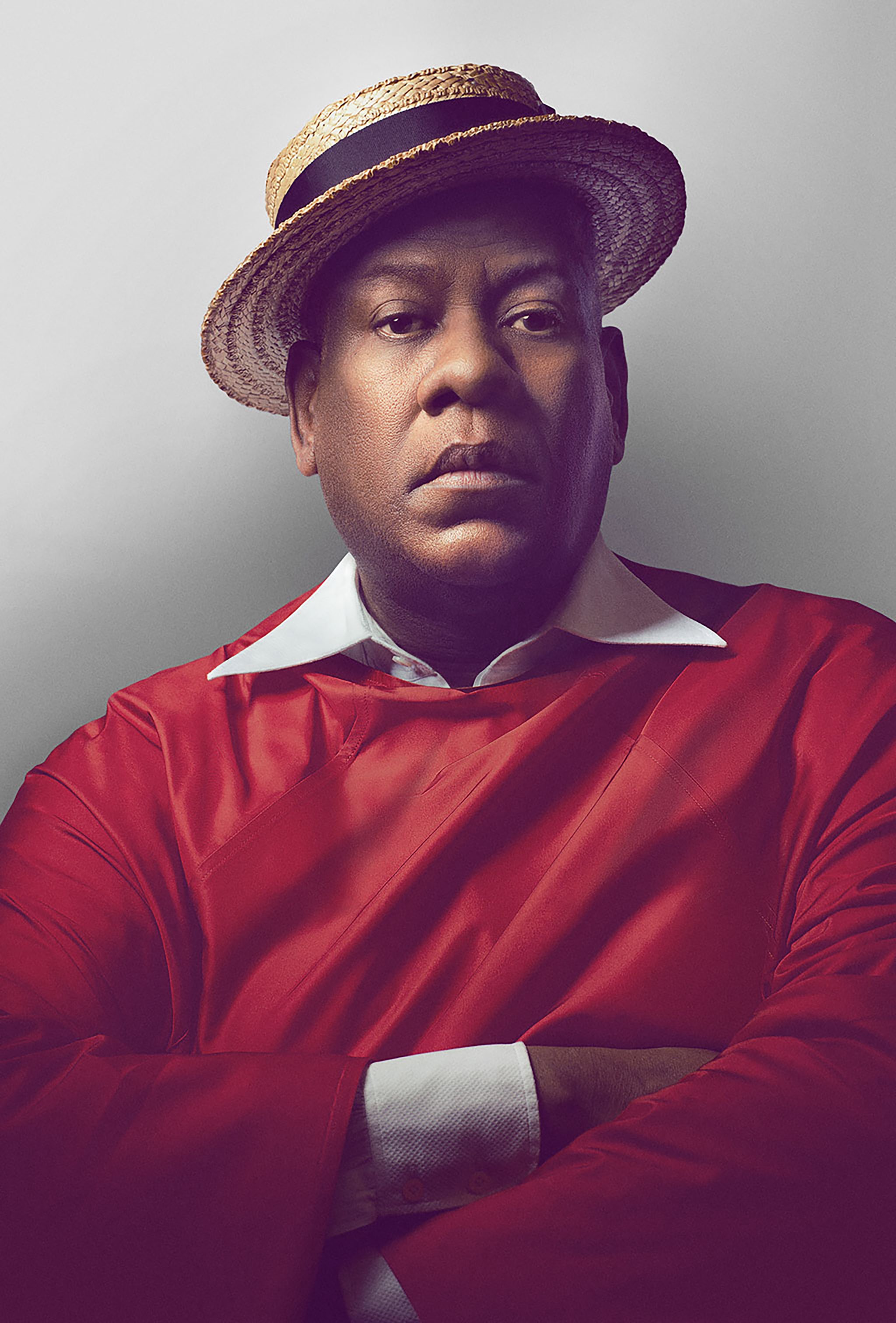

1
There are figures who walk through culture like a whisper, and then there are those who arrive like thunder. André Leon Talley was thunder. A towering presence both physically and spiritually, he expanded the boundaries of fashion while demanding that the world pay attention—not only to what he wore, but to what he represented. For a young Black boy from the segregated South to become one of the most commanding voices in fashion was not just a personal triumph, but a seismic cultural shift, and soft enough to seduce. Their meeting was less an introduction and more an ignition.
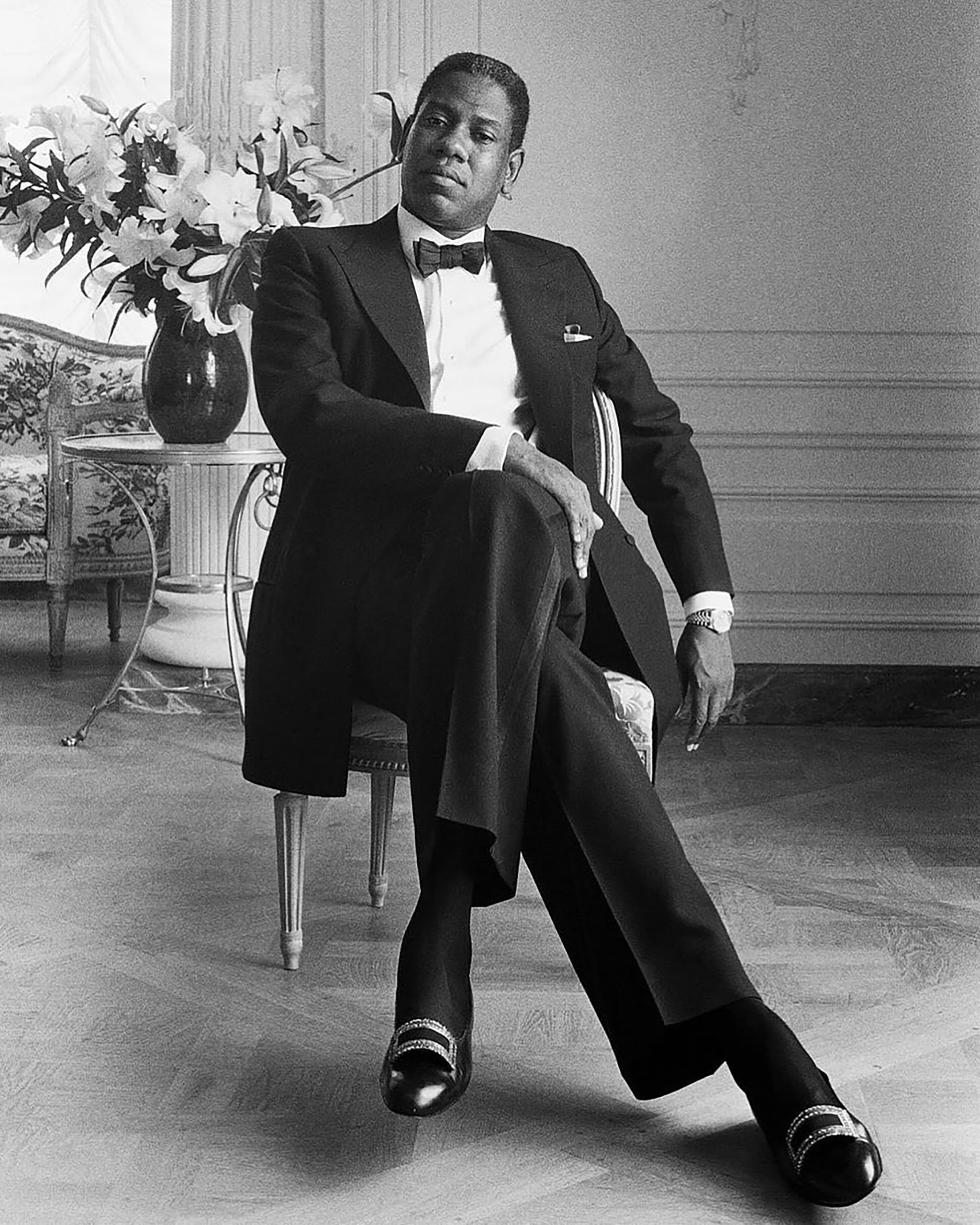
2
Born in Durham, North Carolina in 1948, Talley’s earliest influence was not Paris or New York, but the quiet dignity of his grandmother’s home. She raised him with a sense of care, cleanliness, and ritual. The starch in the sheets, the way clothes were pressed, the way Sunday best was more than attire—it was an announcement of self-respect. These early lessons shaped his eye, teaching him that style was never superficial; it was identity, armour, and poetry.
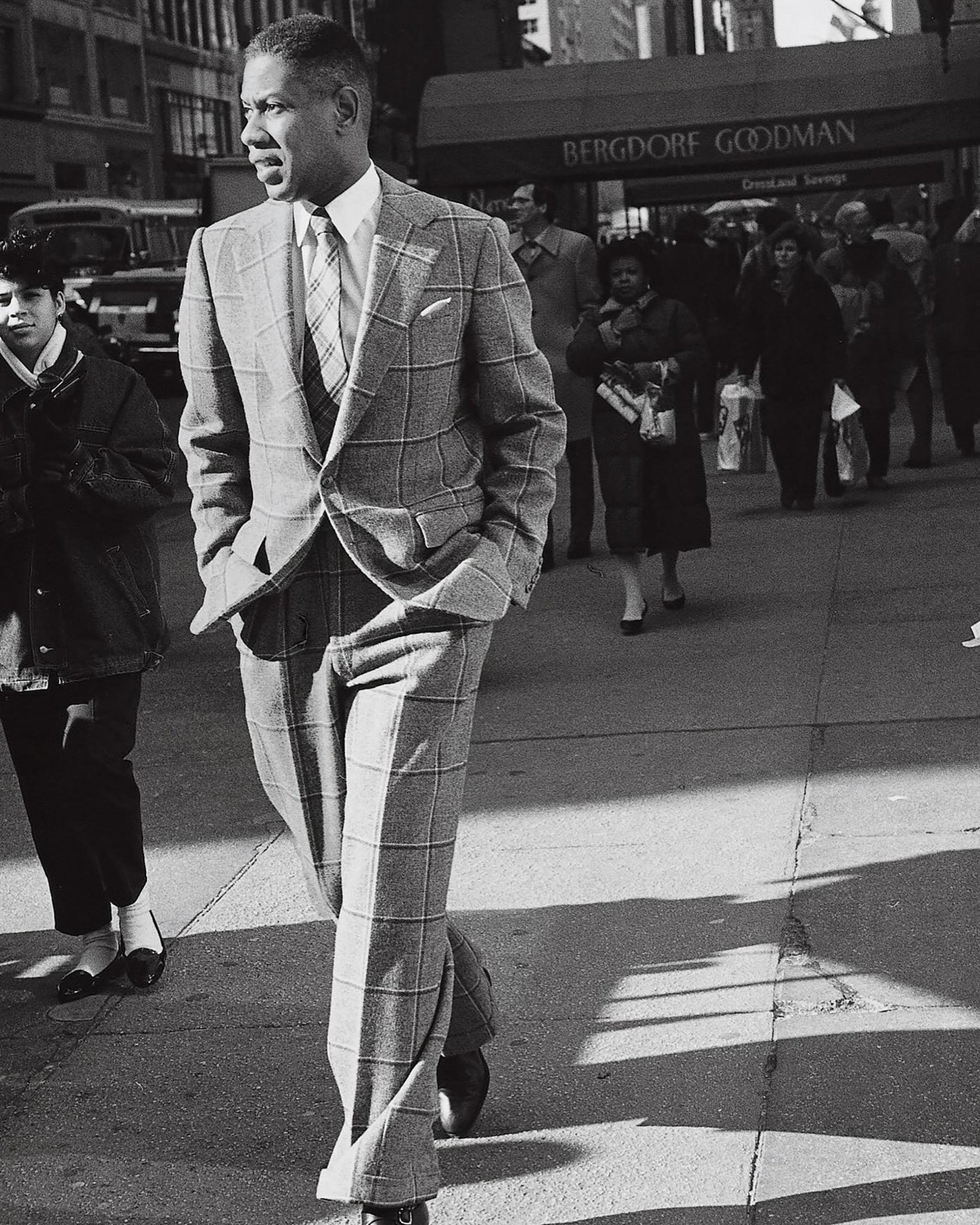
3
Books and magazines became his passport long before he ever boarded a plane. As a young man, he devoured the pages of Vogue, where the images of gowns, ateliers, and European grandeur provided a vision of a life that felt both impossible and inevitable. His world was small in geography, but enormous in imagination. That imagination, disciplined by obsession, would one day open doors that had long been closed to people who looked like him.
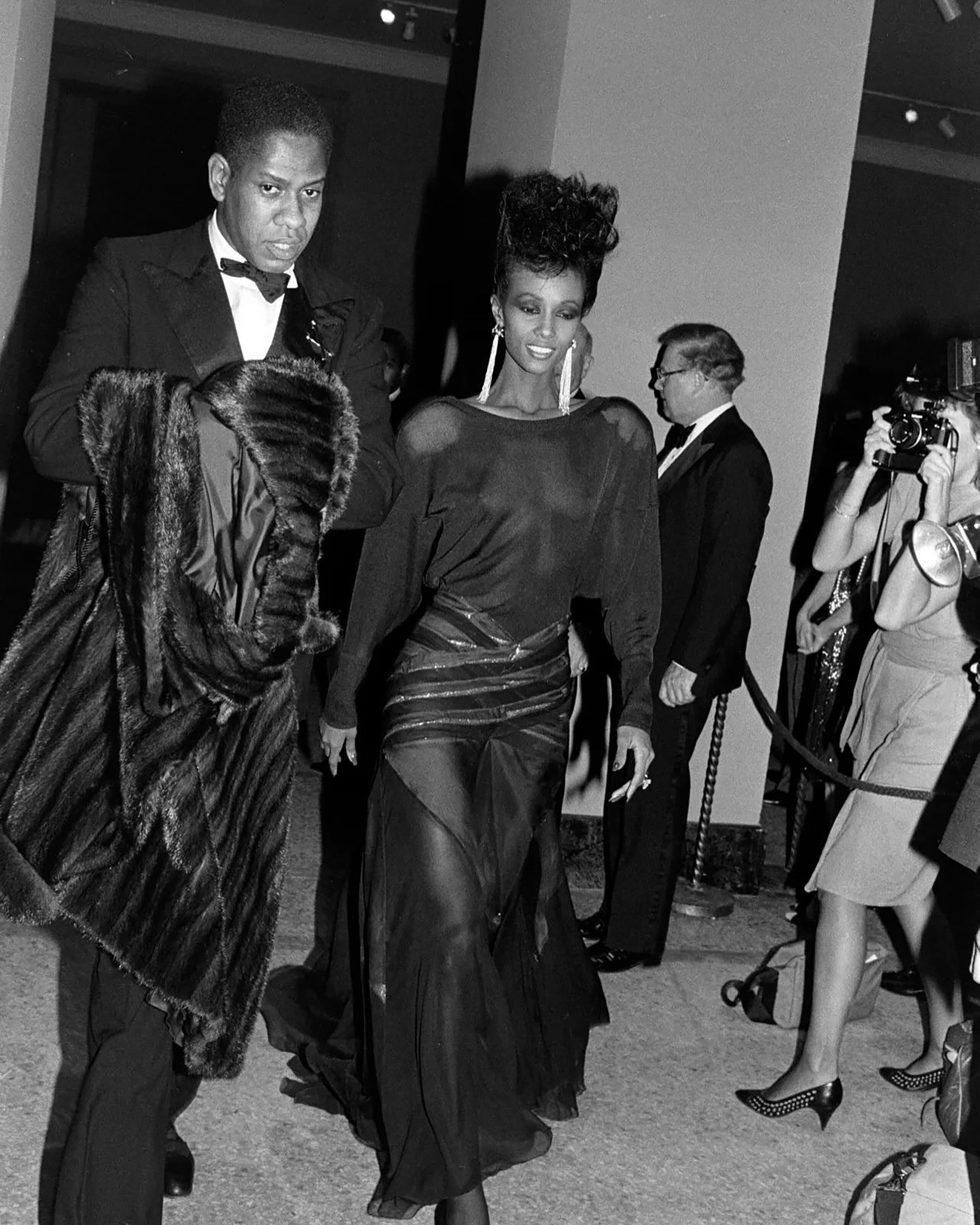
4
When Talley eventually arrived in New York, he entered the fashion world with the fervor of a believer. He studied French at Brown, apprenticed under Diana Vreeland at the Metropolitan Museum of Art’s Costume Institute, and soon found himself orbiting the power circles of Yves Saint Laurent and Karl Lagerfeld. His gift was not only his encyclopedic knowledge of fashion history, but his ability to embody glamour itself. He lived it, wore it, and spoke it with a fluency that made him unforgettable.
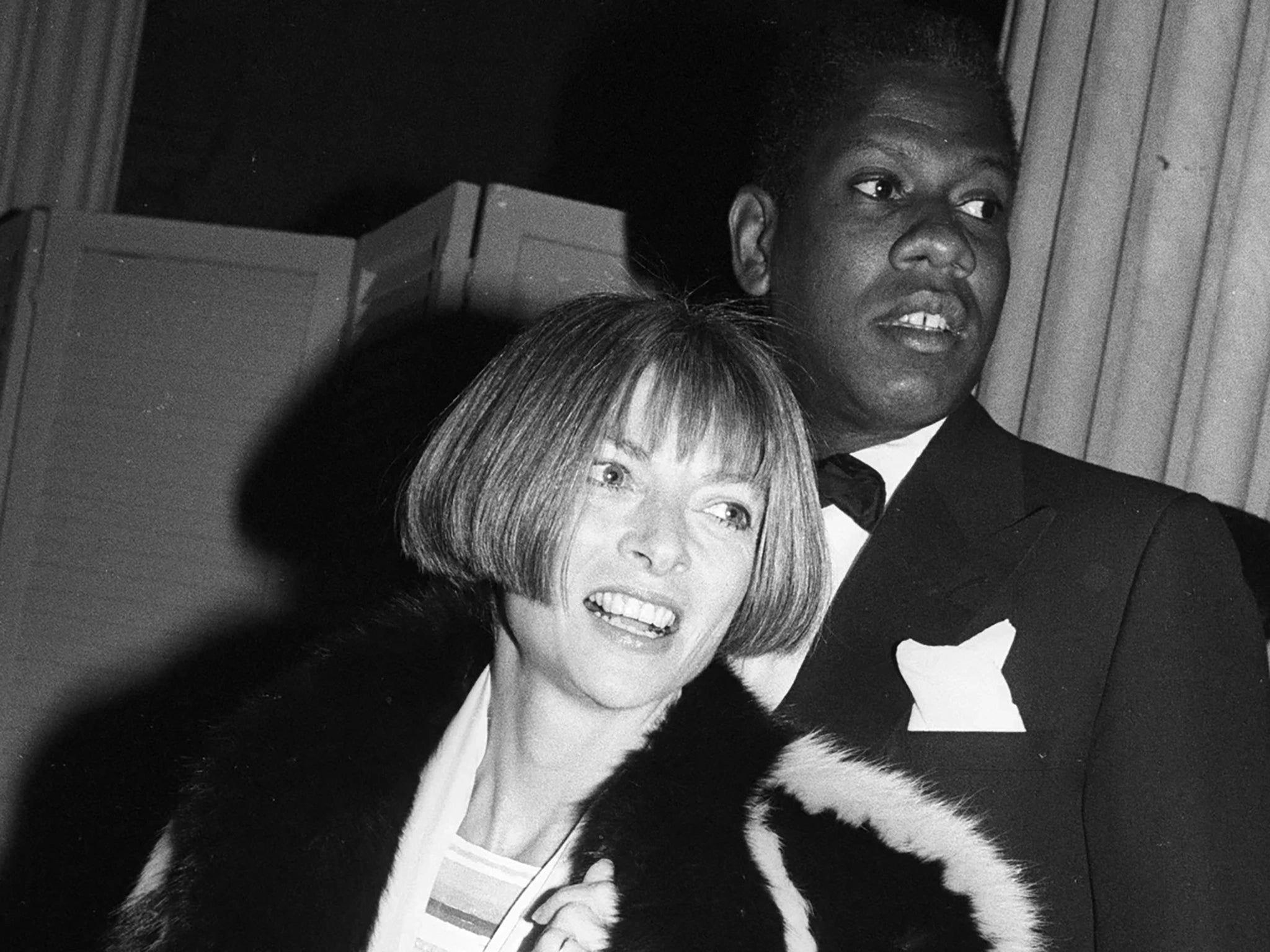
5
His greatest moment came in the 1980s and ’90s, as he ascended to the role of Creative Director, then Editor-at-Large at Vogue. To see a Black man sitting beside Anna Wintour at the helm of the world’s most influential fashion magazine was to see history rewritten in real time. Draped in capes, caftans, and cloaks that turned every entrance into theatre, he made himself impossible to ignore. His presence told a generation of outsiders—particularly young Black creatives—that there was space for them, too.
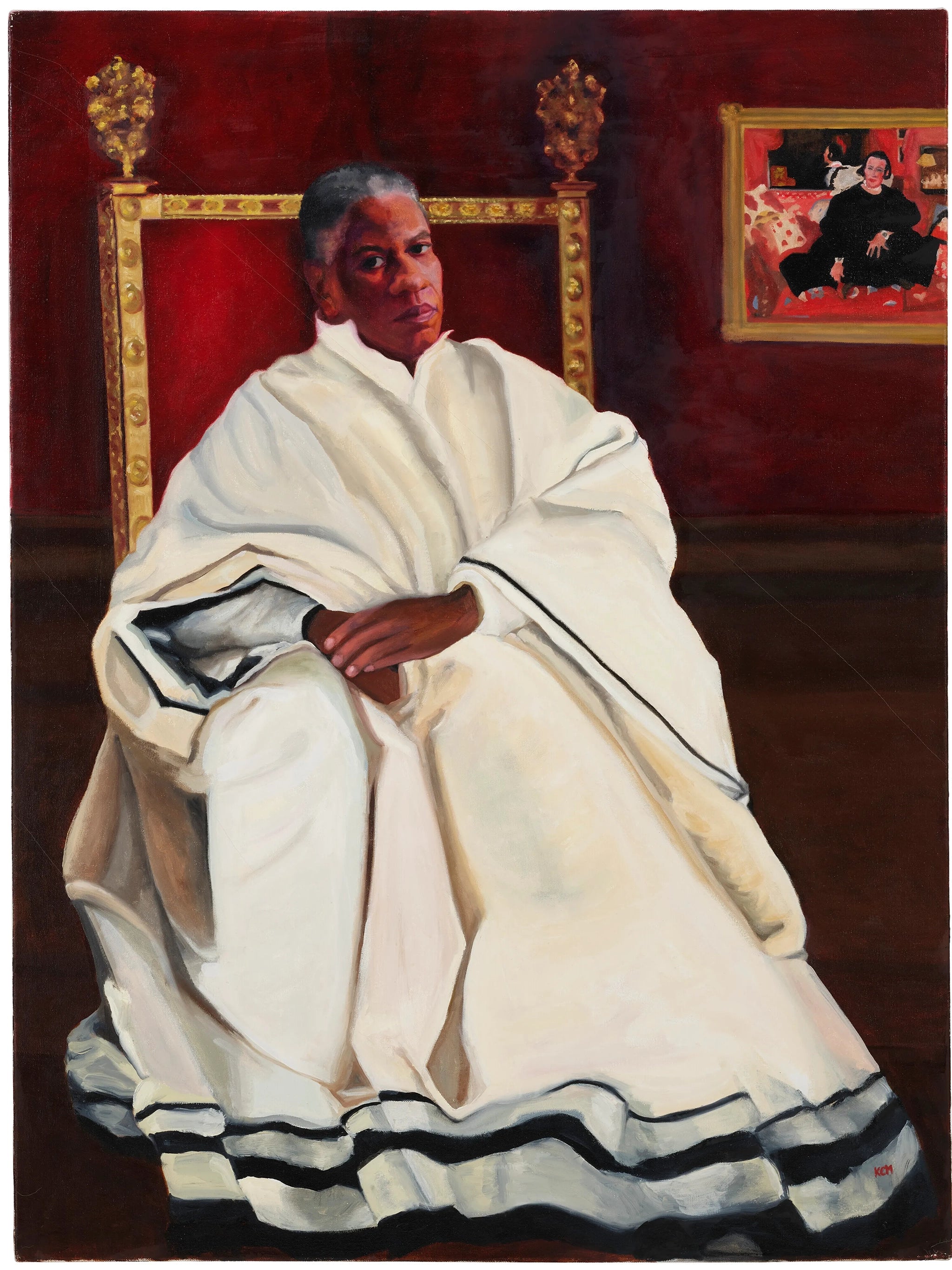
6
Talley’s influence reached far beyond the pages of glossy magazines. He mentored designers like John Galliano and was an early supporter of emerging talents who would go on to redefine fashion. He stood beside icons from Naomi Campbell to Michelle Obama, amplifying their presence while crafting his own. He was not merely a commentator of style; he was a custodian of its soul, reminding the world that fashion is not frivolity, but a cultural mirror.
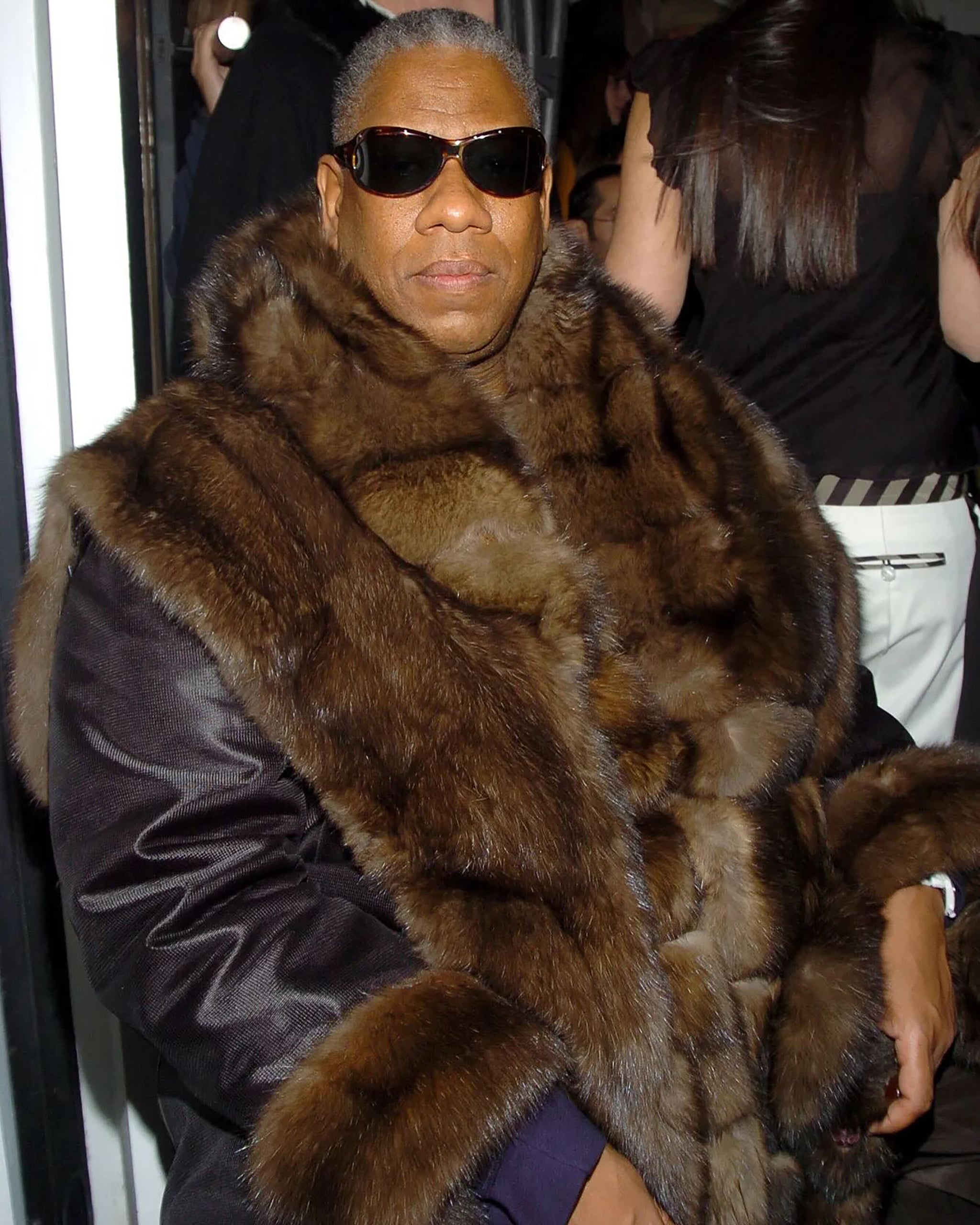
7
At times, he bore the weight of being “the only one.” The only Black man in the room, the only voice speaking to representation in spaces where exclusion was tradition. He did so with both grace and defiance, often cloaking his wounds in grandeur. His critiques were sharp, his devotion uncompromising. He was not without contradictions—he both loved fashion’s beauty and suffered from its cruelties—but he carried those contradictions like jewels, refracting them into insight.
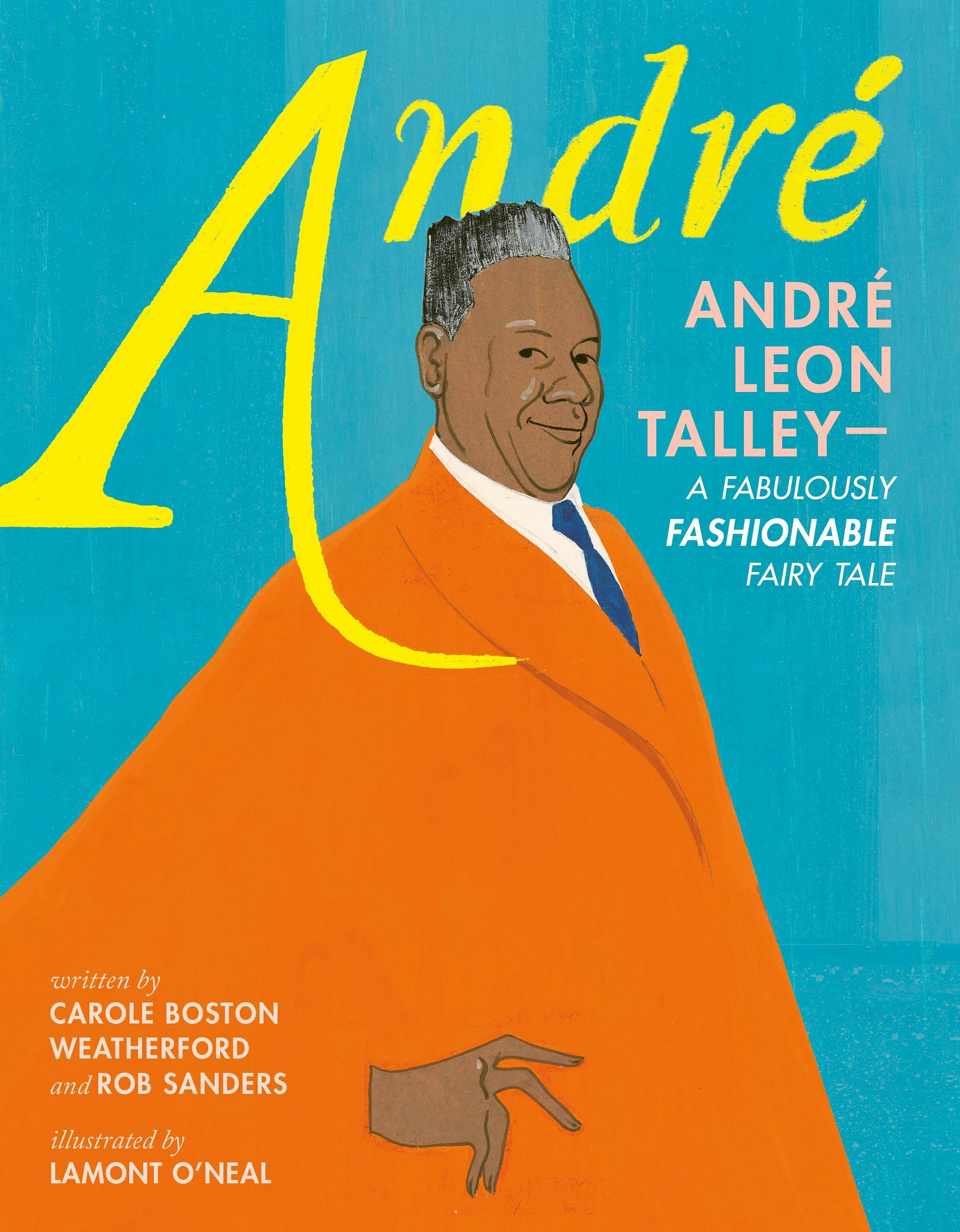
8
His contribution to creativity was his ability to elevate fashion into narrative. He reminded the world that a dress was not just fabric, but a story. That a runway was not just spectacle, but ritual. That clothing was not just adornment, but history stitched into form. He insisted on this truth with every word he wrote, every appearance he made, every piece of wisdom he imparted. In his eyes, fashion was nothing less than art.
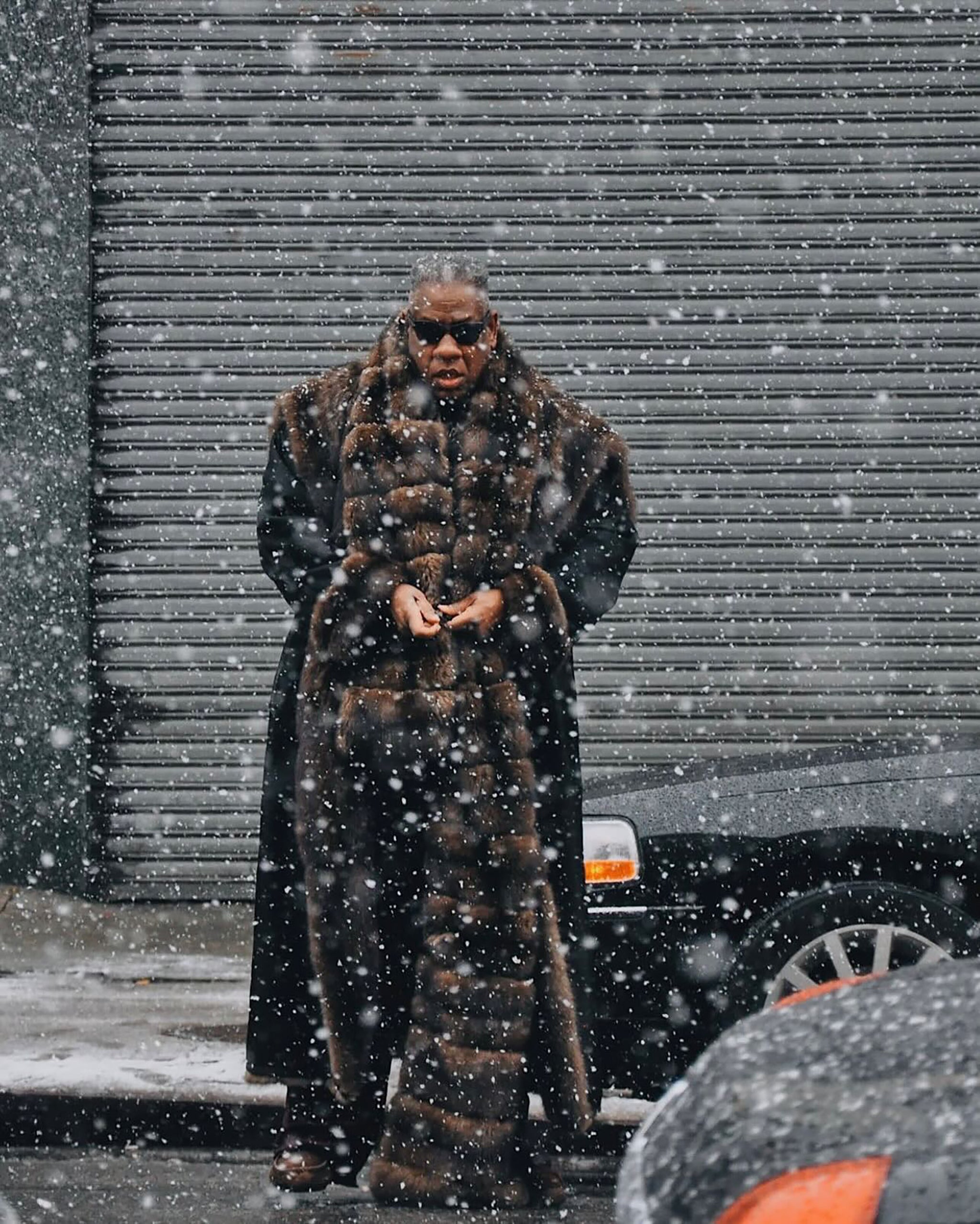
9
When André Leon Talley passed away in 2022, the industry did not just lose a man; it lost an era. His absence left a void not only in the front row, but in the spiritual architecture of fashion itself. Yet, his voice continues to echo in the work of every designer he championed, every model he protected, every dreamer who sees in him proof that the impossible can be made possible.
10
Talley’s legacy is more than the clothes, more than the capes, more than the titles. His true legacy is liberation—the freedom to see oneself in beauty, to claim space in rooms that once denied access, to live out loud in a world that prefers silence. He was both guardian and rebel, both scholar and spectacle. And though the man has left the stage, the thunder remains.